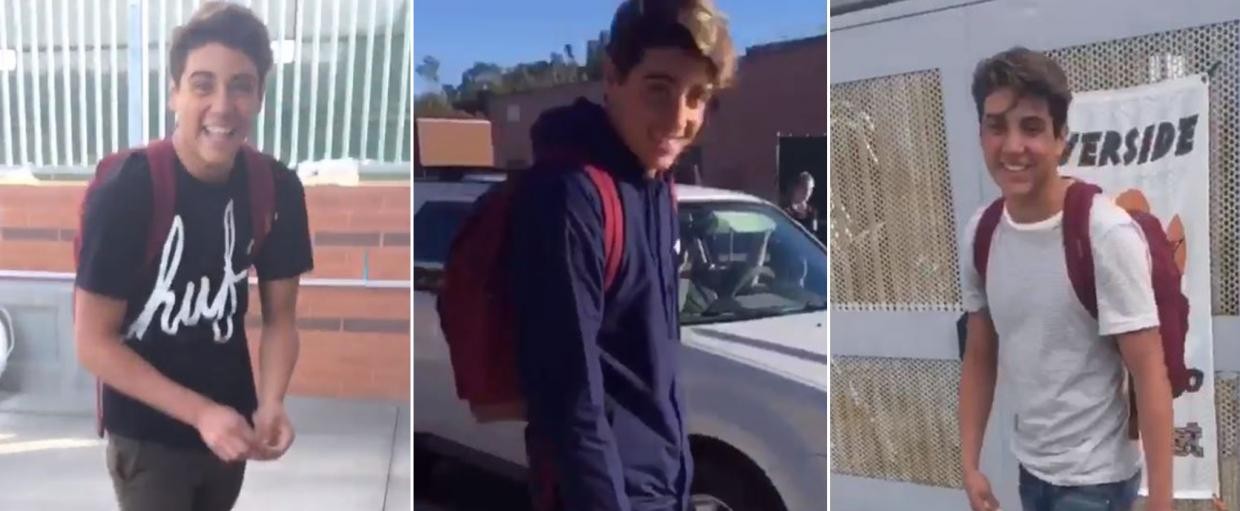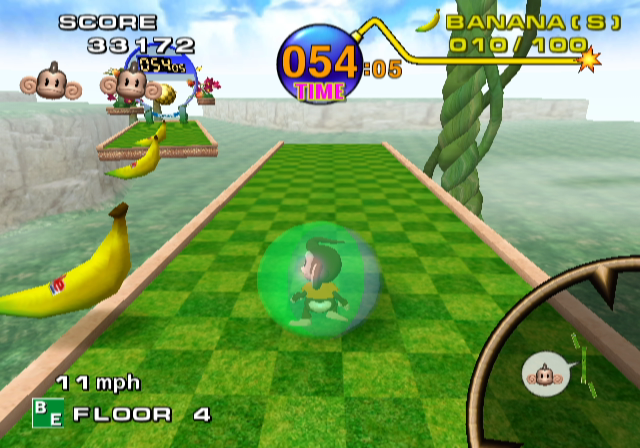In this two part article, we’re going to explore the ins and outs of putting together your very own Writing Group. In this part we’re going to explain what the responsibilities of a good editor are, before later coming back and going through what the writer needs to do to make the process work.
A writing group is one of the best things that a writer can possibly have. I mean, maybe it’s slightly less important than a computer or a typewriter, but not by much. A group helps a writer finish their projects by giving them deadlines, friends to talk about the craft of writing with, and a good place to hone their editorial eye. The big reason reason that writing groups are awesome has to do with the 10,000 Hour Rule which says you can master a skill with 10,000 hours of guided practice. The trick is that the practice needs to be “guided.” If a writer just sits at their desk and bashes out novel after novel and nobody offers guidance, then that writer is not really getting any better. A writing group can change that by offering that guidance in the form of quality editing.

However, editing has led to the destruction of many promising groups of writers. Writing is a very personal act for a lot of people, and the idea that their work is about to be ravaged by the red pen of an editor is enough to give them the sweats. But that doesn’t need to be the case. In fact editing is one of the joys of writing since a good editor can help hone a story to a polished gem. Thankfully there are some easy to follow guidelines for editors so that they can offer the most constructive advice and make everybody happy with the process.
Be Specific
The number one thing that separates good editors from crappy ones is specificity. Most people will look at something and be able to offer a snap judgment of either, “I think it’s great!” and “I think it sucks.” Neither of these is constructive or useful. And what’s worse, it’s the positive response that is more destructive. This response is often our first inclination since we don’t want to hurt the writer’s feelings, but a writer looking to get better will have nothing to work with from the “It’s great!” response, and it may actually stunt them if that’s all they hear. Speaking as a writer, we’re all filled with self loathing, doubt, and a need to have our work appreciated. “That’s great,” just confirms that what we wrote is good, so we should keep on doing this forever. At least “this sucks” sends us back to the keyboard with a chip on our shoulder and a Macallan 12 year in our hand.

Of course, both of these comments are awful, like being asked which of your parents should kick you in the taint first. Like the header says, be specific. You need to answer these questions:
Is this working, and why?
What is working?
How do can we improve what is and isn’t working?
A really good tactic for an editor is to go section by section. Feel free to point out things that read well, or are artfully worded. It’s nice to see good notes about your work, but it also lets the writer zero in on their tone for the piece. Also point out stuff that is awkward, or doesn’t seem to go anywhere. These are good places for the writer to expand on what they are working with, or hack it out with a chainsaw. Our preferred method is to use the margins (or the comments function on Google Docs – which is basically a margin for the computer) so that the comment goes with the lines and sections that it’s commenting on. Not every line needs an edit, but the most important things you find, and thoughts you have in the moment you’re reading are good places to start.
At the end, go ahead and drop comments about story structure. If something should go in a different order, or a general story thing isn’t quite coming together, sticking them at the end lets you make comments on them when you’ve finished the story. A Final Thoughts section allows you to comment on the story as a whole and make any suggestions that don’t really fit in the line by line edits. Remember, be specific. Even if you have brutalized the piece, if the comments are specific they’ll give the writer good direction on improving their next draft.
Recognize the Point
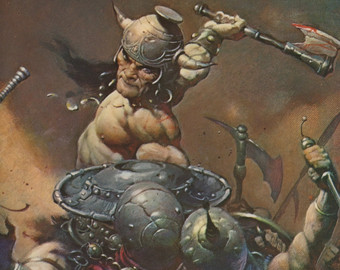 When you read a piece the first thing you need to do as an editor is to understand what the writer is trying to do. This is the most important part of editing because it really helps you to understand what sorts of critiques you should be offering. Say for example they’ve written a Sword and Sorcery style adventure, as an editor you should be thinking in that mode when making suggestions. Then you can see where their story is working within that genre, and also where it’s subverting expectations. A good example would be for characterization. A protagonist with really nuanced qualities doesn’t really fit into the larger than life Sword and Sorcery genre, so offering up notes like, “I think the character’s motivations are too one dimensional,” isn’t really helpful. After all, the archetype is more about driving enemies before them, and hearing the lamentations of the women.
When you read a piece the first thing you need to do as an editor is to understand what the writer is trying to do. This is the most important part of editing because it really helps you to understand what sorts of critiques you should be offering. Say for example they’ve written a Sword and Sorcery style adventure, as an editor you should be thinking in that mode when making suggestions. Then you can see where their story is working within that genre, and also where it’s subverting expectations. A good example would be for characterization. A protagonist with really nuanced qualities doesn’t really fit into the larger than life Sword and Sorcery genre, so offering up notes like, “I think the character’s motivations are too one dimensional,” isn’t really helpful. After all, the archetype is more about driving enemies before them, and hearing the lamentations of the women.
The thing that makes recognizing the point paramount is that it builds trust with the writer. Basically, what they are looking for in an editor is to help them make the best version of their story that they can. Understanding where they are trying to get to, will help you make the suggestions that will get them there. This might lead you to making suggestions that, in a vacuum, don’t work. I was editing a piece once that was full of pulp genre stylistic flourishes, and at the end the crashed pilot hero fought off an abominable snowman through the judicious use of a flare gun. In the original, the character took a deep breath and fired, but in my notes I requested that the writer consider adding a pithy comment. In most stories, adding a one liner to liven things up is a mistake, and 99% of the time I would attack a line like that with red pen. In this case I was working within the confines of the story that was there, and in the next draft the added line really brought the scene together.
 Recognizing the point is also important so that the writer feels like you understand what they are doing and takes your comments seriously. After all, you can’t make insightful comments with some sort of insight. Alternatively if you don’t get it and make suggestions anyway, the writer may disregard them because they don’t think the edits “fit,” which can be wildly frustrating for everybody. Of course, “I don’t get what you’re trying to do here,” is a reasonable note to make, especially on early drafts where the writer is still feeling out what the story and the themes they are working with. Of course this comes with the caveat that it is followed up with, “if it’s _____, then I recommend…But if you’re trying to do ______, then do this instead.” At least in this case you’re making the attempt to understand the piece and be helpful.
Recognizing the point is also important so that the writer feels like you understand what they are doing and takes your comments seriously. After all, you can’t make insightful comments with some sort of insight. Alternatively if you don’t get it and make suggestions anyway, the writer may disregard them because they don’t think the edits “fit,” which can be wildly frustrating for everybody. Of course, “I don’t get what you’re trying to do here,” is a reasonable note to make, especially on early drafts where the writer is still feeling out what the story and the themes they are working with. Of course this comes with the caveat that it is followed up with, “if it’s _____, then I recommend…But if you’re trying to do ______, then do this instead.” At least in this case you’re making the attempt to understand the piece and be helpful.
Don’t Try To Be Creative
Sometimes editors will try to bend the writer’s work towards something that the editor wants it to be. This is the most egregious thing that an editor can do, so don’t do it. Now I know that sometimes well meaning people will offer suggestions and think they are playing to the strengths of the writer. Maybe your writer tends to do a lot of horror fiction, and you think that their horror stuff is really good. Then when they give you a Gaslamp Mystery, featuring the foggy streets of London, you think, “Hey! This would be great if they added some of those horror elements they’re so good at. I’ll recommend that they do that.”
Don’t.
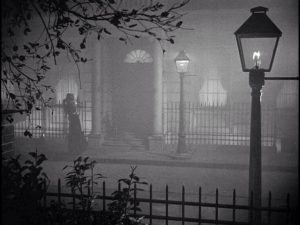 Like, seriously. The thing about writers is that they like to try different things, write different styles, and play with deploying different tones. Writing using different styles is a lot like a painter using different colors, only if each color needed a different brush, held with a different grip, and needed a different technique. For example, in my own fiction I tend to write things that are a lot more dialog driven and humorous. Recently I’ve gotten very interested in writing horror and dealing with insanity, but my natural tendencies fight me the whole way. So if my editor came back and said, “I’m not really feeling this, why don’t you make it funny?” I would probably flip out on them. I’m working in the medium because I want to be better in general. Will I stop dealing in my house style goofiness? Probably not. But spending time working with Horror, or the Sublime, or drama in general will allow me to write a wider variety of stories in the future.
Like, seriously. The thing about writers is that they like to try different things, write different styles, and play with deploying different tones. Writing using different styles is a lot like a painter using different colors, only if each color needed a different brush, held with a different grip, and needed a different technique. For example, in my own fiction I tend to write things that are a lot more dialog driven and humorous. Recently I’ve gotten very interested in writing horror and dealing with insanity, but my natural tendencies fight me the whole way. So if my editor came back and said, “I’m not really feeling this, why don’t you make it funny?” I would probably flip out on them. I’m working in the medium because I want to be better in general. Will I stop dealing in my house style goofiness? Probably not. But spending time working with Horror, or the Sublime, or drama in general will allow me to write a wider variety of stories in the future.
Another thing that falls into this category are edits that start with, “Wouldn’t it be cool if…?” At their core, these suggestions are asking the writer to add things to their story because the editor wants it. Examples I’ve seen are, “Wouldn’t it be cool if there was a car chase here?” and “Wouldn’t it be neat if there was a gunfight?” The answer is always, “No, it would not be cool.” Perhaps it would destroy the tone of the piece or the characterization would suffer. There are a litany of reasons why a writer didn’t make a particular choice.
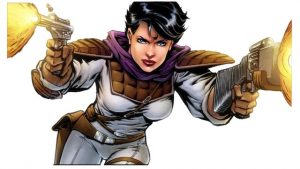 Instead, it is important for an editor to ask questions about the choices that they did make. It is easy for some writers to get hyper-focused on scene flow and lose the larger picture. This sometimes leaves structural or plot based issues in a piece, and in those cases it is perfectly acceptable to ask questions as part of the editing process. So if their hero is cornered by bounty hunters, you may think, “Why doesn’t the protagonist use her laser pistol and shoot everybody?” and if you’re thinking this, that means the audience will probably think this too. So go ahead and add that note. If the writer mentioned it before it will encourage them to go back and make that point more explicit, or they’ll rework the situation in some other (usually very creative) way.
Instead, it is important for an editor to ask questions about the choices that they did make. It is easy for some writers to get hyper-focused on scene flow and lose the larger picture. This sometimes leaves structural or plot based issues in a piece, and in those cases it is perfectly acceptable to ask questions as part of the editing process. So if their hero is cornered by bounty hunters, you may think, “Why doesn’t the protagonist use her laser pistol and shoot everybody?” and if you’re thinking this, that means the audience will probably think this too. So go ahead and add that note. If the writer mentioned it before it will encourage them to go back and make that point more explicit, or they’ll rework the situation in some other (usually very creative) way.
Asking questions will also encourage the writer to explore different aspects of their narrative. You see, writers will sometimes throw in some detail that in the moment works for them, but for them it’s just a cute bauble or maybe a simple turn of phrase. But for a reader it might be something really cool that sticks out and they want to know more about. As an editor feel free to flag those and comment on them. Maybe they’re just there for world building, and that’s fine too, but it’s easy for a writer to not see their carefully manicured forest for the awesome trees. Asking questions gets the writer thinking about their world and how to make it better, instead of you telling them what to do. Remember, you’re there to be the facilitating Robin to their stupendous creative Batman.
So with that I hope that I’ve given you all some great tips for making your writing group the best that it can be. Remember, play nice but be constructive. Don’t try to be creative with edits, and understand you’re trying to make the writer’s piece the best that it can be. The most important thing is, have fun. If everything goes well you’ll be spending a lot of time with your group, and you’ll all get better every day.






